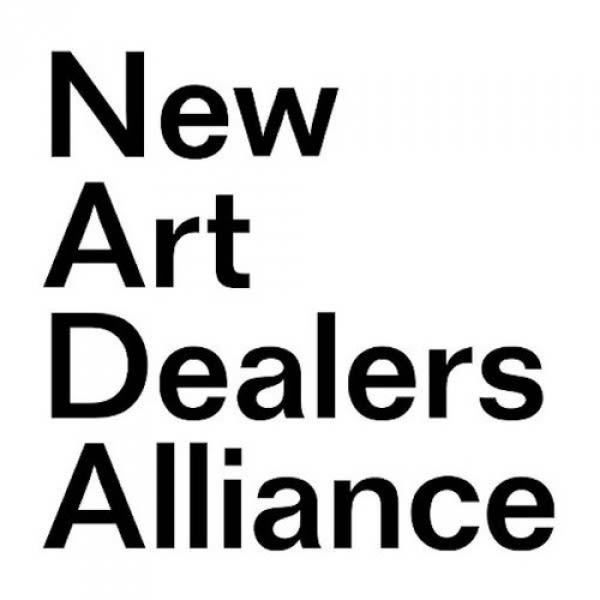Madeline Gallucci's paintings explore the multifaceted psychological relationship we have with mirrors, while posing complex questions about image, illusion, manipulation, and the construction of the self.
Gallucci’s interest in the construct of the mirror began in part through her interest in filmic melodrama, specifically the ways in which mirrors, windows, glass and other types of reflective façades are deployed in the films of Douglas Sirk and Rainer Werner Fassbinder. These directors, the artist notes, “used the camera to compress space and construct points of interaction and personal discovery through reflective surfaces.” In Gallucci’s own paintings, the mirror provides a similar conceptual framework. Sometimes, the mirror appears as a frame for frenzied gestural mark-making activity; other times, the mirror’s mimetic qualities are suggested, but not explicitly depicted.
“The oval was my original entry point into thinking about [the] framing and positioning that came directly from mirrors I encountered in the world, or the ones I saw in melodrama films,” Gallucci explains. “With the body removed, they became so alien. I see them as this closed loop of frame within frame within frame.”
Gallucci’s use of both acrylic and oil in her boldly colorful canvases enables her to work at different speeds within the same piece. “I apply thin layers of gesso to allow the paint to soak into the canvas and create these matte textured surfaces. The acrylic layers are fast and are often painted while I’m hovering over the canvases on the floor, with no clear orientation…After they dry, I look for moments to be highlighted, refined or erased. I layer oil paint as an overlay of the acrylic and begin to vary the color density and create a sense of depth and separation, like scratches on a mirror.”
Many of these paintings contain indecipherable scrawls suggestive of both street graffiti and the words, messages and doodles scribbled anonymously onto public restroom mirrors and walls. There is a palimpsest-like interplay between inscription and ephemerality, past and present, surface and depth, that characterizes much of Gallucci’s recent work. “There’s a pedestrian tunnel under Lakeshore Drive that constantly is rotating with graffiti, accidental marks and thousands of spider webs,” she explains. “I think about this surface as a strange public message board that is routinely erased and cleaned by the city. I am interested in how these public surfaces are constantly shifting with marks, symbols, and language. There’s a sense of randomness that generates excitement for me… I think about what ways I can train myself to both be planned and spontaneous.”


